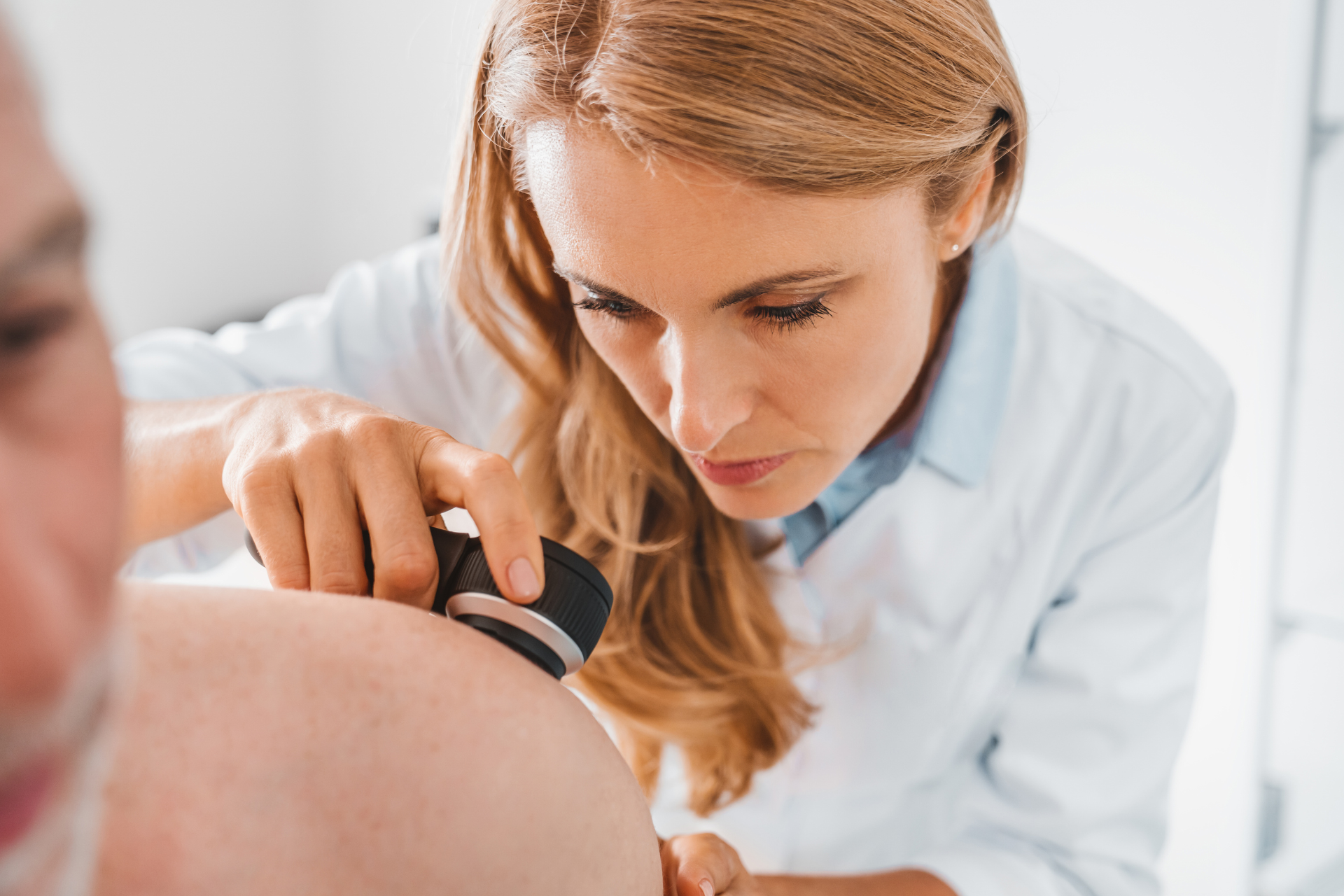The Importance of Regular Skin Cancer Screenings

Introduction
Skin cancer is the most common type of cancer in the United States, with millions of cases diagnosed each year. While the thought of skin cancer may be daunting, the good news is that early detection can greatly increase the chances of successful treatment. One of the best ways to ensure early detection is by undergoing regular skin cancer screenings. At Fall Creek Skin and Health Clinic, we understand the importance of routine screenings in preventing and managing skin cancer
Understanding Skin Cancer
Before diving into the importance of screenings, it's crucial to grasp the basics of skin cancer. Skin cancer occurs when abnormal skin cells grow uncontrollably, often due to exposure to harmful ultraviolet (UV) rays from the sun or tanning beds. There are three main types of skin cancer: basal cell carcinoma, squamous cell carcinoma, and melanoma. Melanoma is the most dangerous form of skin cancer and can spread to other parts of the body if not detected and treated early.
Early Detection Saves Lives
Regular skin cancer screenings are essential because they can help detect skin cancer in its early stages when it is most treatable. During a screening at Fall Creek Skin and Health Clinic, our experienced dermatologists will examine your skin for any suspicious moles, spots, or growths that could indicate skin cancer. By catching skin cancer early, patients have a higher likelihood of successful treatment and recovery.
Risk Factors and Who Should Get Screened
Certain risk factors can increase an individual's likelihood of developing skin cancer. These include a family history of skin cancer, fair skin that burns easily, frequent sun exposure, a history of severe sunburns, and a weakened immune system. While anyone can develop skin cancer, those with risk factors should be especially vigilant about getting regular screenings.
At Fall Creek Skin and Health Clinic, we recommend annual skin cancer screenings for adults over the age of 40, as well as anyone with a history of skin cancer or multiple risk factors. However, individuals of all ages should be aware of changes in their skin and see a dermatologist promptly if they notice any concerning developments.
The Role of Self-Exams
In addition to regular screenings by a dermatologist, self-exams play a crucial role in skin cancer detection. Patients should perform monthly self-checks of their skin to look for any new or changing moles, spots, or lesions. If you notice anything unusual during a self-exam, it's important to schedule an appointment with a dermatologist right away.
Conclusion
In conclusion, regular skin cancer screenings are vital for early detection and successful treatment of skin cancer. At Fall Creek Skin and Health Clinic, we are committed to providing comprehensive skin care services, including skin cancer screenings, to patients of all ages. By prioritizing your skin health and seeking routine screenings, you can take proactive steps towards protecting yourself from the risks of skin cancer. Remember, early detection saves lives, so schedule your skin cancer screening today.
For expert skin care and health services, trust Fall Creek Skin and Health Clinic to keep you and your family healthy and happy. Schedule your skin cancer screening today and prioritize your skin health for a brighter tomorrow.




